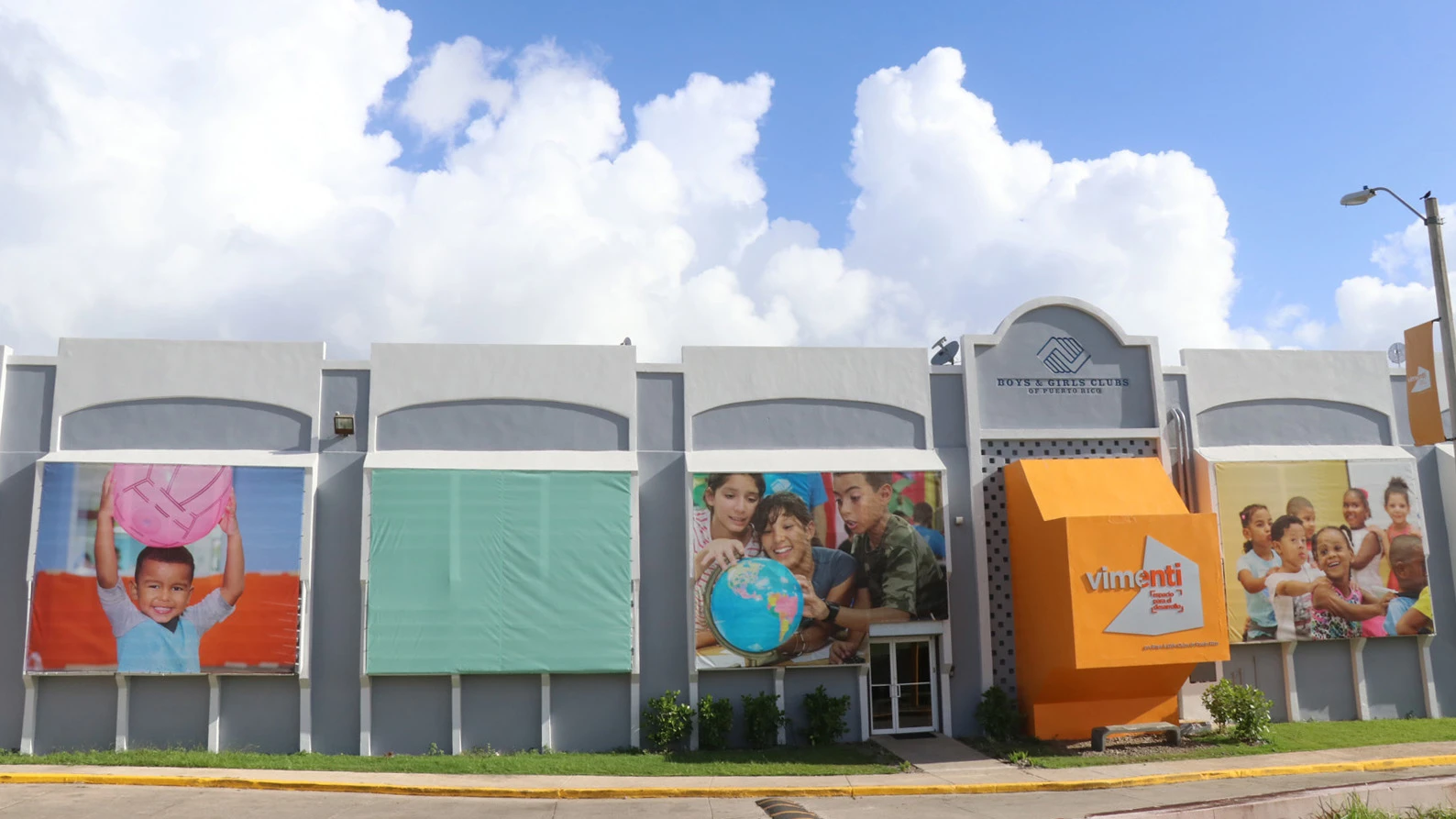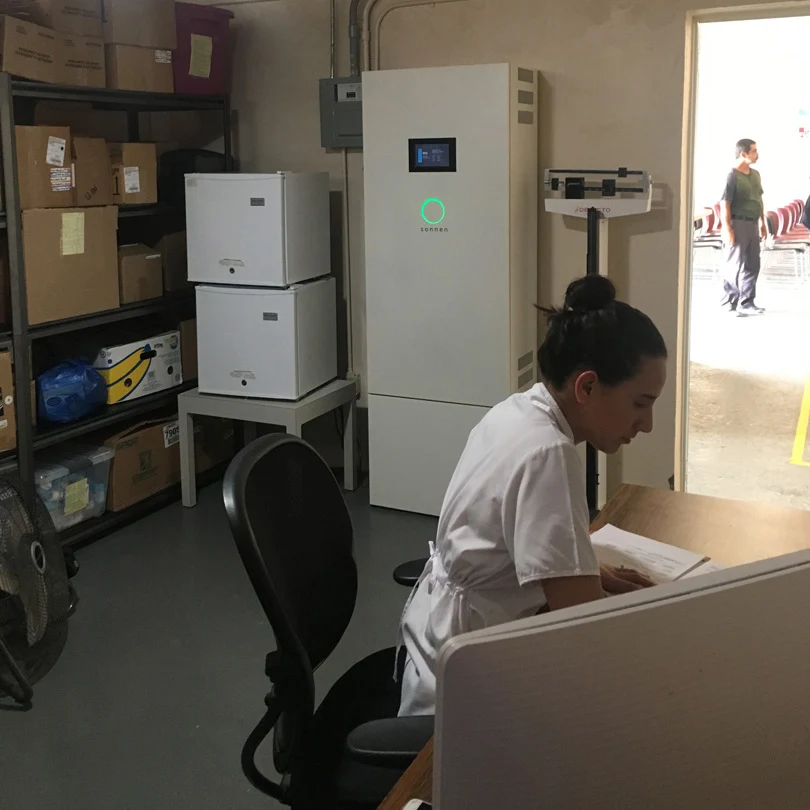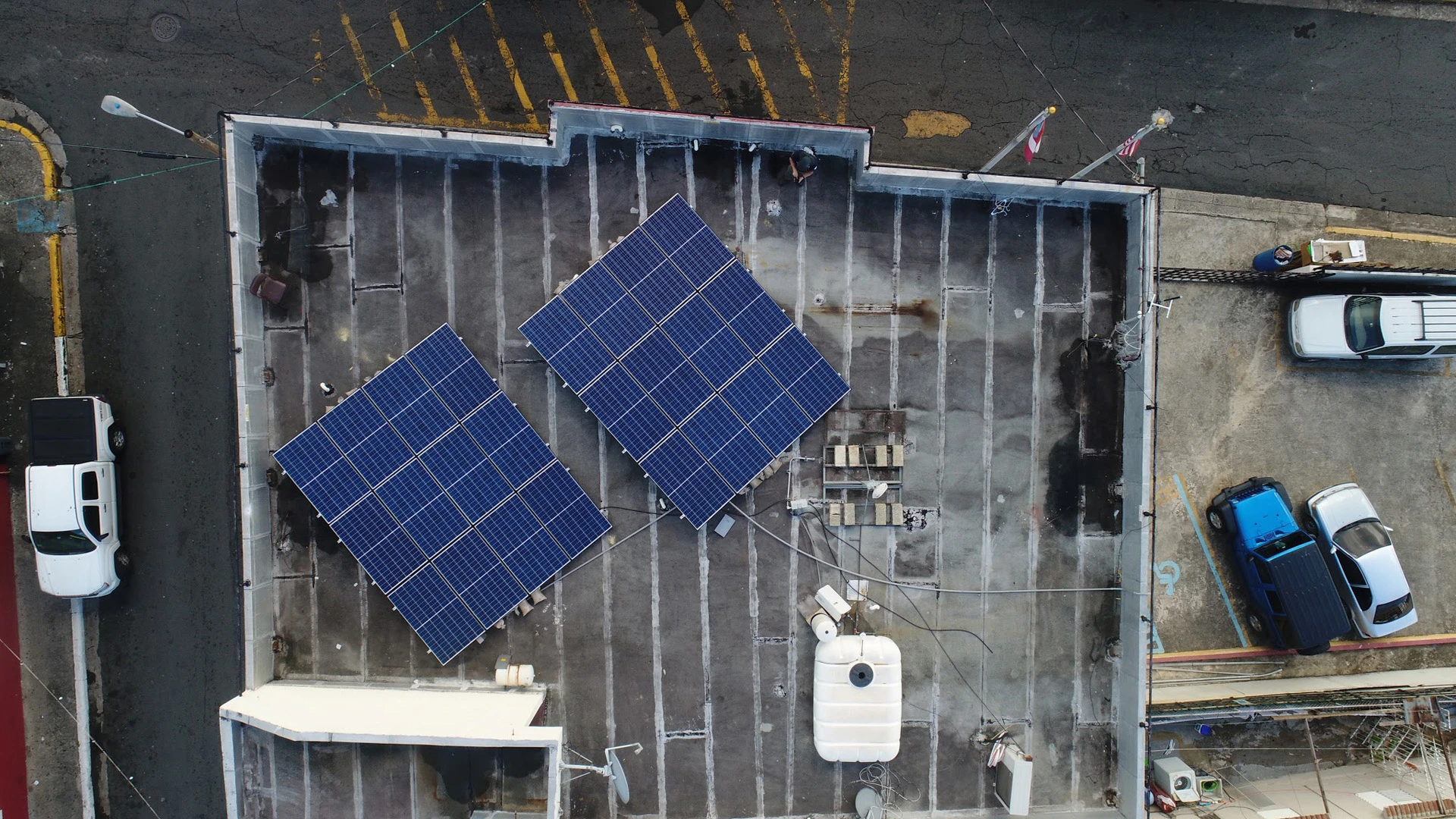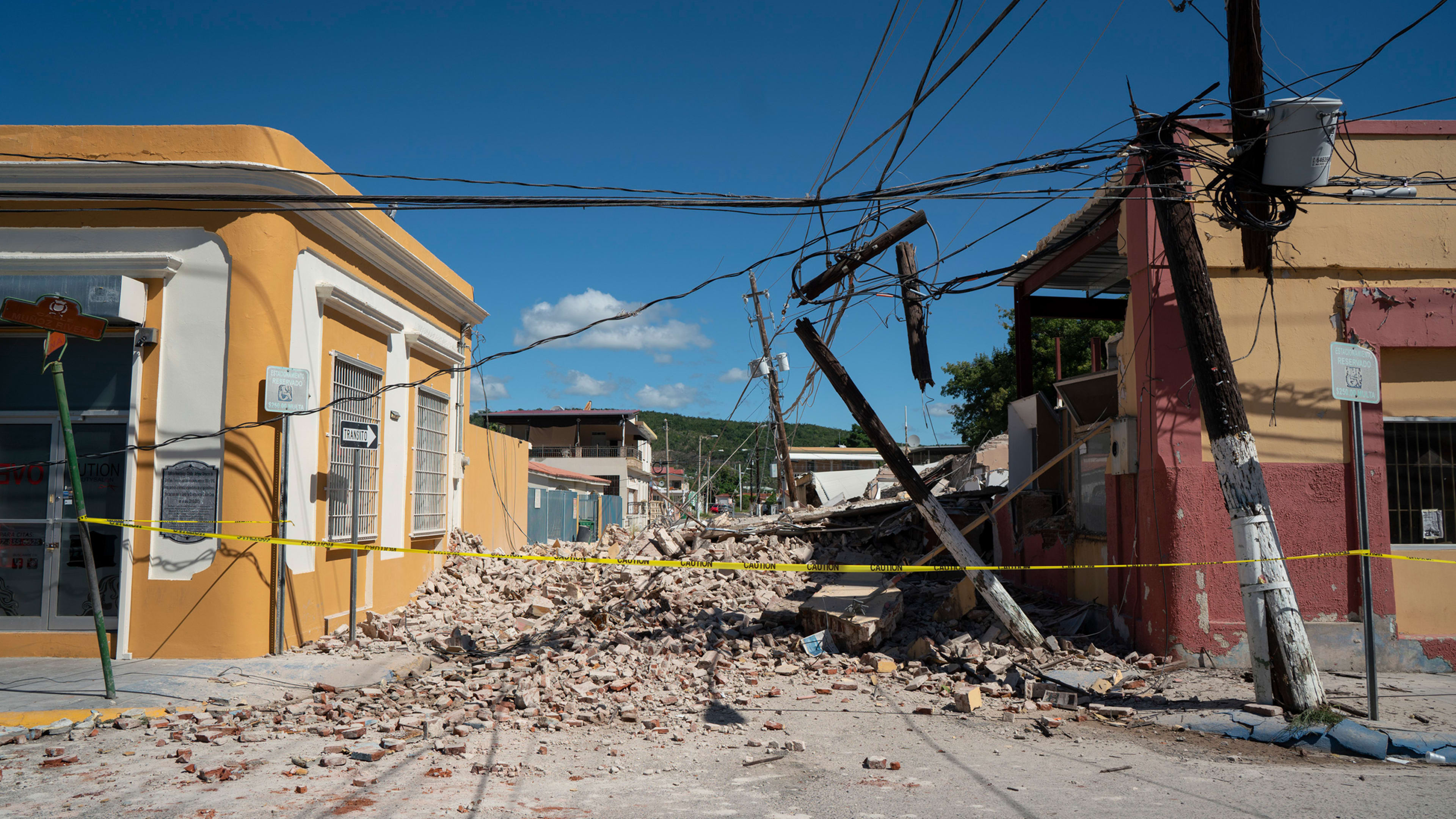When a 6.4-magnitude quake hit Puerto Rico on January 7—followed by more than 120 aftershocks in the next few days, and then another 5.9-magnitude earthquake on January 11—it took out electricity across the island. In the city of Loíza, the local Boys and Girls Club started pulling power from solar panels and a Tesla Powerwall battery, a system installed during the blackout after Hurricane Maria.
“We still have no power from the grid there,” Abdon Escalera, who works with the Boys and Girls Club, said on Friday. And on other parts of the island, like the capital of San Juan, where the organization has another building with a solar and battery system, the power is currently “coming and going,” he says. The earthquake damaged a power plant in the southern part of the island that is responsible for around a quarter of the electricity used in Puerto Rico; the head of Puerto Rico’s embattled electric power authority, PREPA, said that the power plant might be offline for as long as a year. After the quake on the 11th, PREPA had to close the island’s largest power plant again. “That’s probably going to mean rationing, or rolling blackouts, for the foreseeable future,” says Javier Rúa-Jovet, the policy director for Sunrun, a company that produces and installs solar microgrids.

Throughout the island, a handful of organizations that now have solar microgrids, like the Boys and Girls Club, have become places that people from the community can visit when the power goes out. “We are there for them,” says Escalera. “Anything they need from us, we’re there.” After the devastation of Hurricane Maria, Tesla donated its batteries to store solar power at a children’s hospital, along with the Boys and Girls Club and critical sites like a water treatment plant. Sunrun donated its technology to three fire stations in Puerto Rico, which were also able to rely on the systems after the earthquake. Sonnen, another company that makes battery storage technology, installed emergency microgrids at 11 community centers, then later reconfigured the batteries at larger sites in rural areas that lacked power as long as a year after the hurricane.
“Most of these are actually permanently off-grid,” says Adam Gentner, senior director of revenue at Sonnen. “I was actually visiting one of them after the hurricane, when power had been restored, but there was a nationwide power outage because a dump truck backed into a power pole and it took down power to the whole island. And we didn’t notice because we were on a microgrid.” In remote, mountainous areas, the centers serve as a place that people can go in advance of a disaster if there’s warning, as in the case of a hurricane.

As long as a microgrid isn’t itself damaged in a disaster, it can keep operating when transmission lines or large power plants are destroyed. “It’s proven technology that that really shows how the central generation paradigms of the 19th and 20th century have to be revised,” says Rúa-Jovet. “When you have distributed solutions, you have distributed responses.”
Homeowners that can afford them often install their own solar panels and battery storage; in the first year after Hurricane Maria, the amount of rooftop solar power on the island nearly doubled. But everyone recognizes that the overall grid, which was in poor repair even before the hurricane, also needs to transform. In a draft plan, the utility called for microgrids across the island, along with some use of natural gas. The challenge is implementing the plan, in part because the federal disaster aid that Congress appropriated—$42 billion—has been slow to arrive.

“We know in what direction to move, which is more distributed renewable energy, that’s the public policy,” says Rúa-Jovet. “But at the same time, it’s incredible that that funding for this future that has been appropriated by Congress after the hurricanes is still locked in bureaucracy and in politics in Washington.”
If the island can succeed in transitioning to microgrids at a large scale, it could be a model for what can happen in other parts of the U.S. In California, where hundreds of thousands of people lost power last summer when as utilities tried (and failed) to prevent power lines from sparking wildfires, PG&E, one utility, has talked about accelerating community-scale microgrids. In the Northeast, where blizzards and hurricanes can take out power, Sunrun is creating a network of thousands of homes with solar panels and batteries that can work together to keep the grid operating. But it’s possible that things could change even more quickly in Puerto Rico.
“Puerto Rico is the place in the United States that is most affected by energy insecurity,” says Gertner. “Especially since Hurricane Maria, and probably even before Hurricane Maria. It is the place where we’re proving out the concept of residential and commercial level energy storage as a lifesaving resource and as a community-building resource.”
Recognize your brand’s excellence by applying to this year’s Brands That Matter Awards before the early-rate deadline, May 3.
